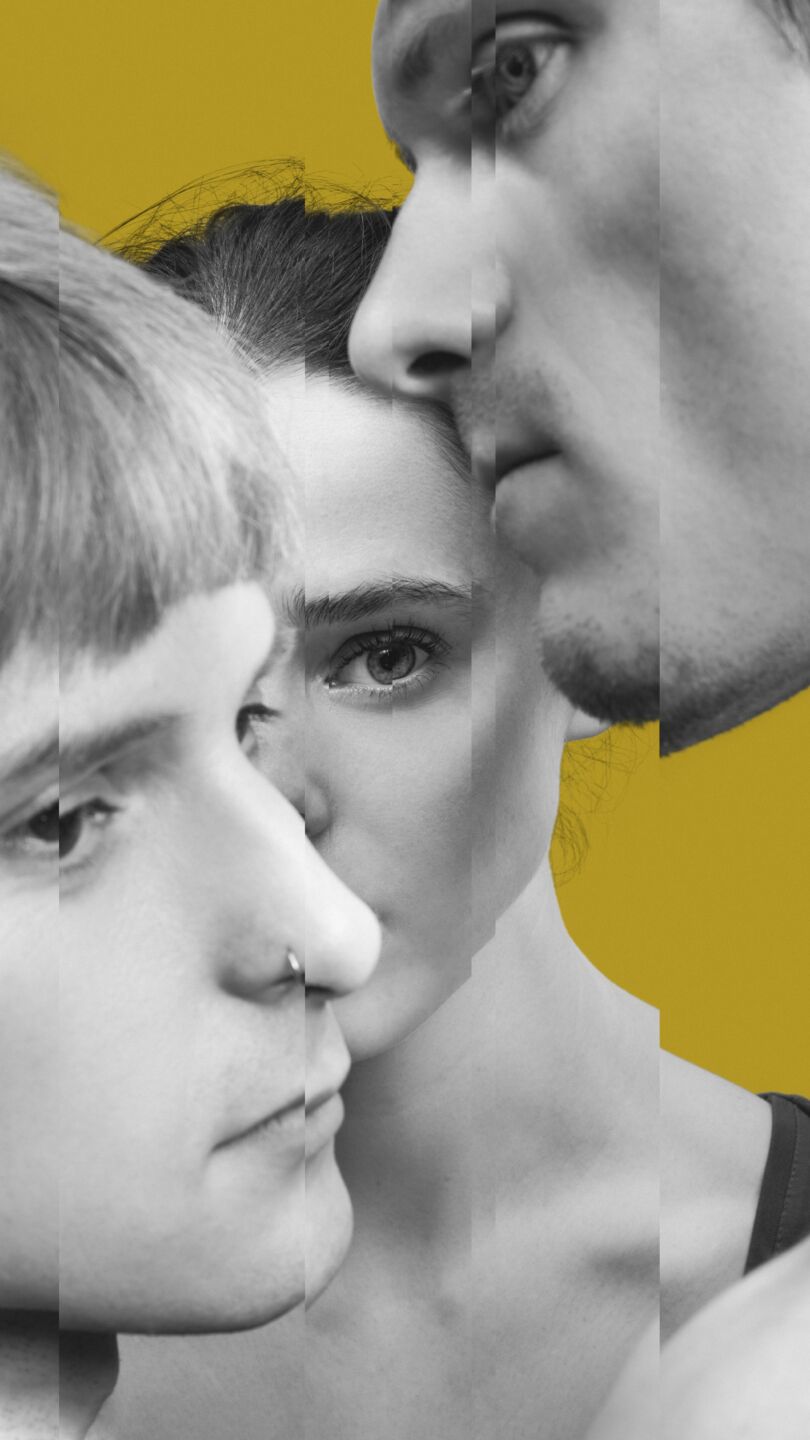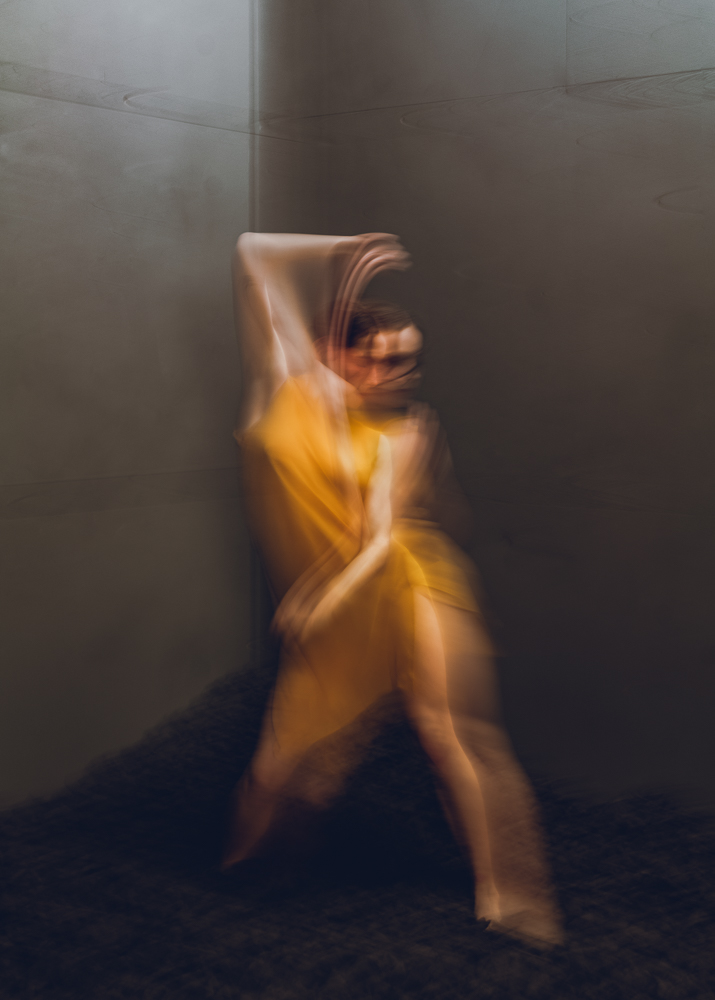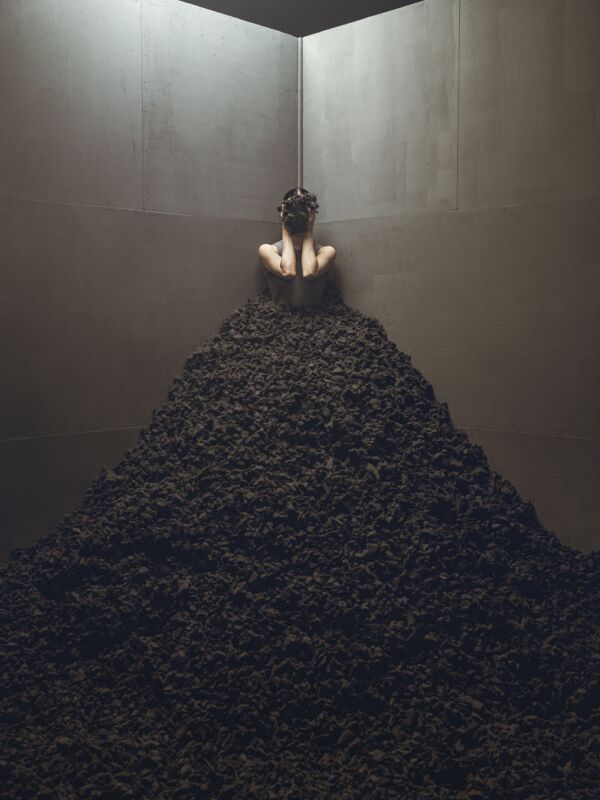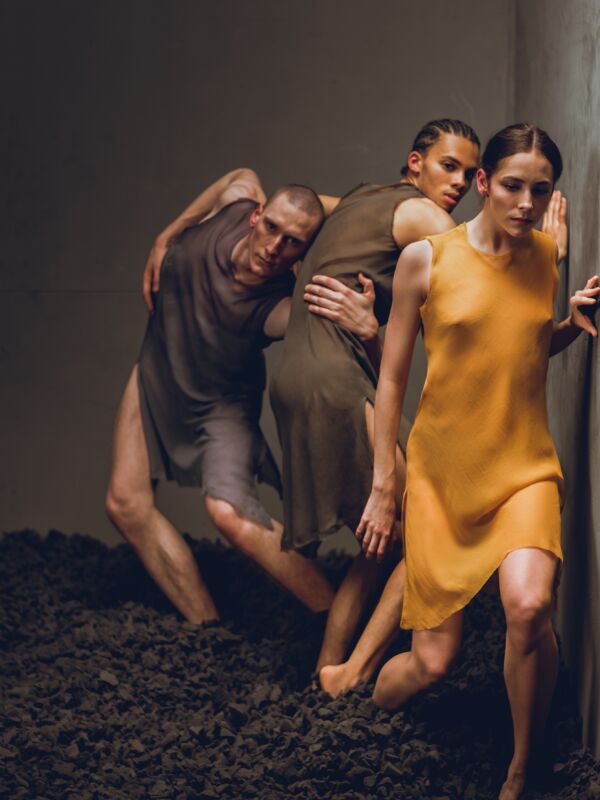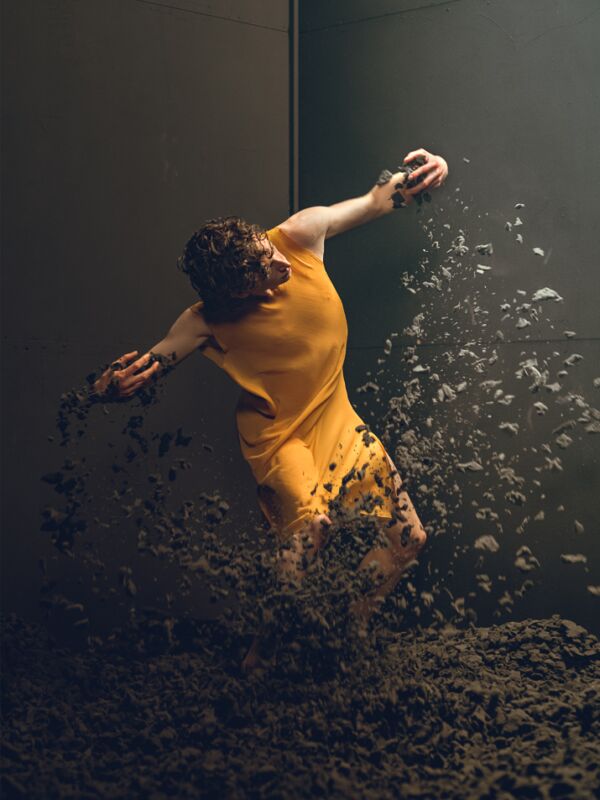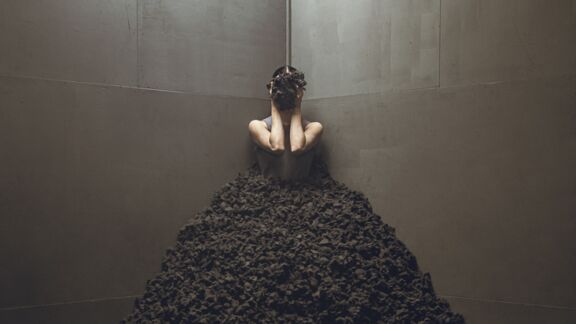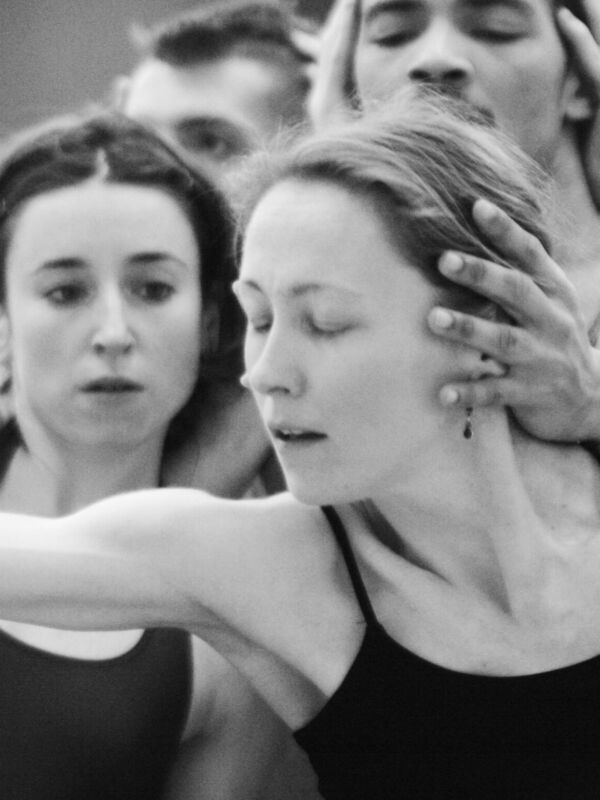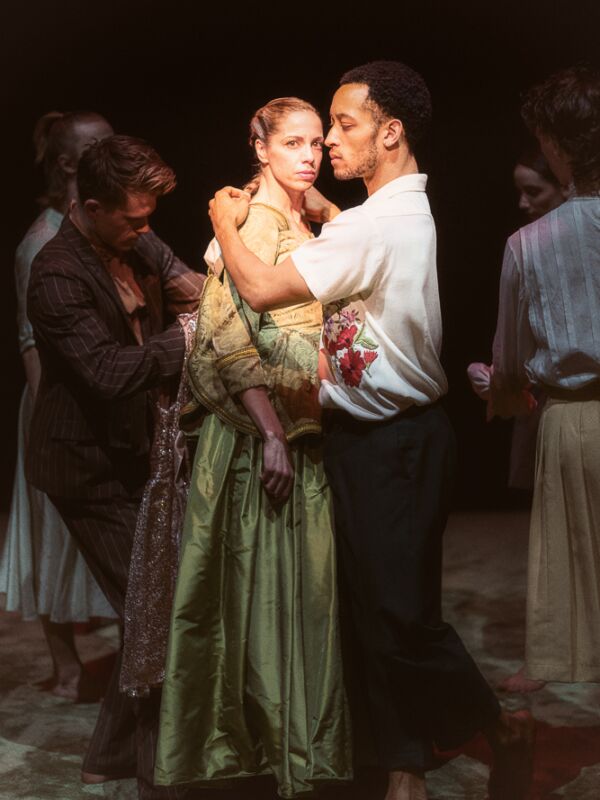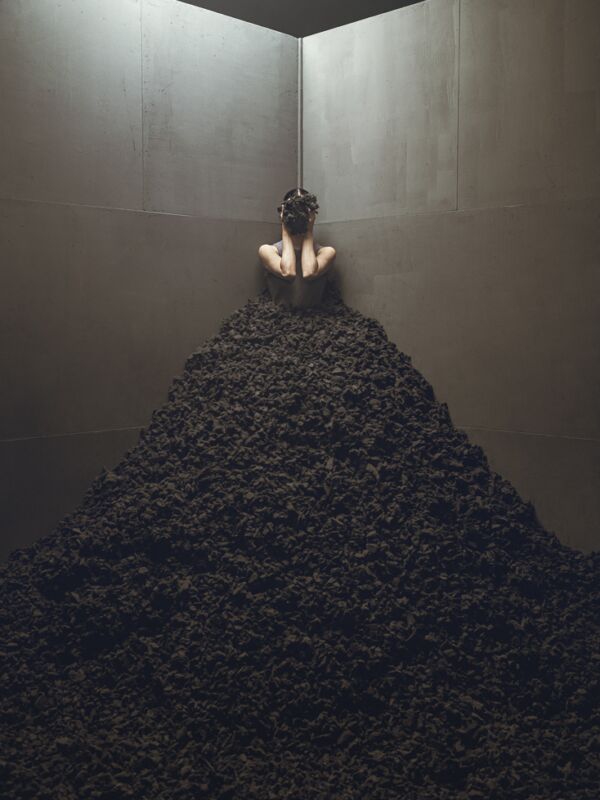In this interview, Emily Molnar, Artistic Director of Nederlands Dans Theater (NDT), dives deeper into her thoughts and vision for the company and season 2021-2022.
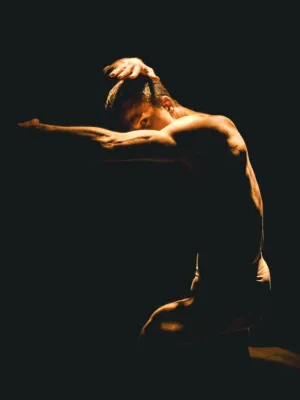
Figures in Extinction
NDT 1 tours internationally with Figures in Extinction, our coproduction with Complicité.
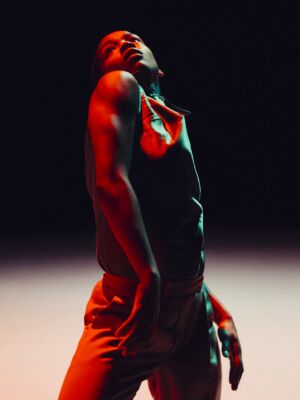
Discover the new season!
In season 2025-2026 we bring you bold, thought-provoking contemporary dance at its finest, featuring acclaimed artists from all over the world. Ticket sales for the performances in Amare, The Hague start Thursday April 10 at 12PM.
